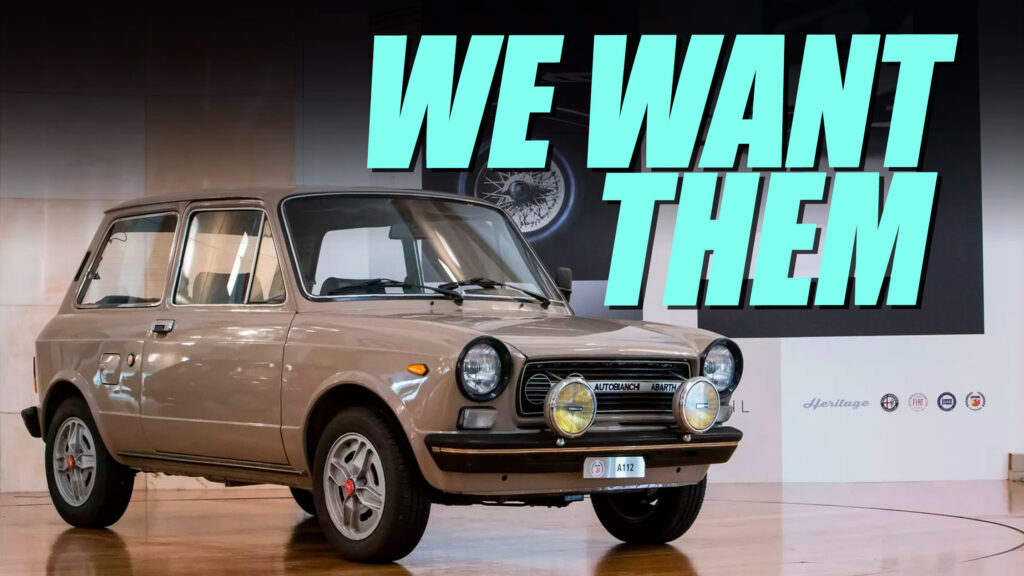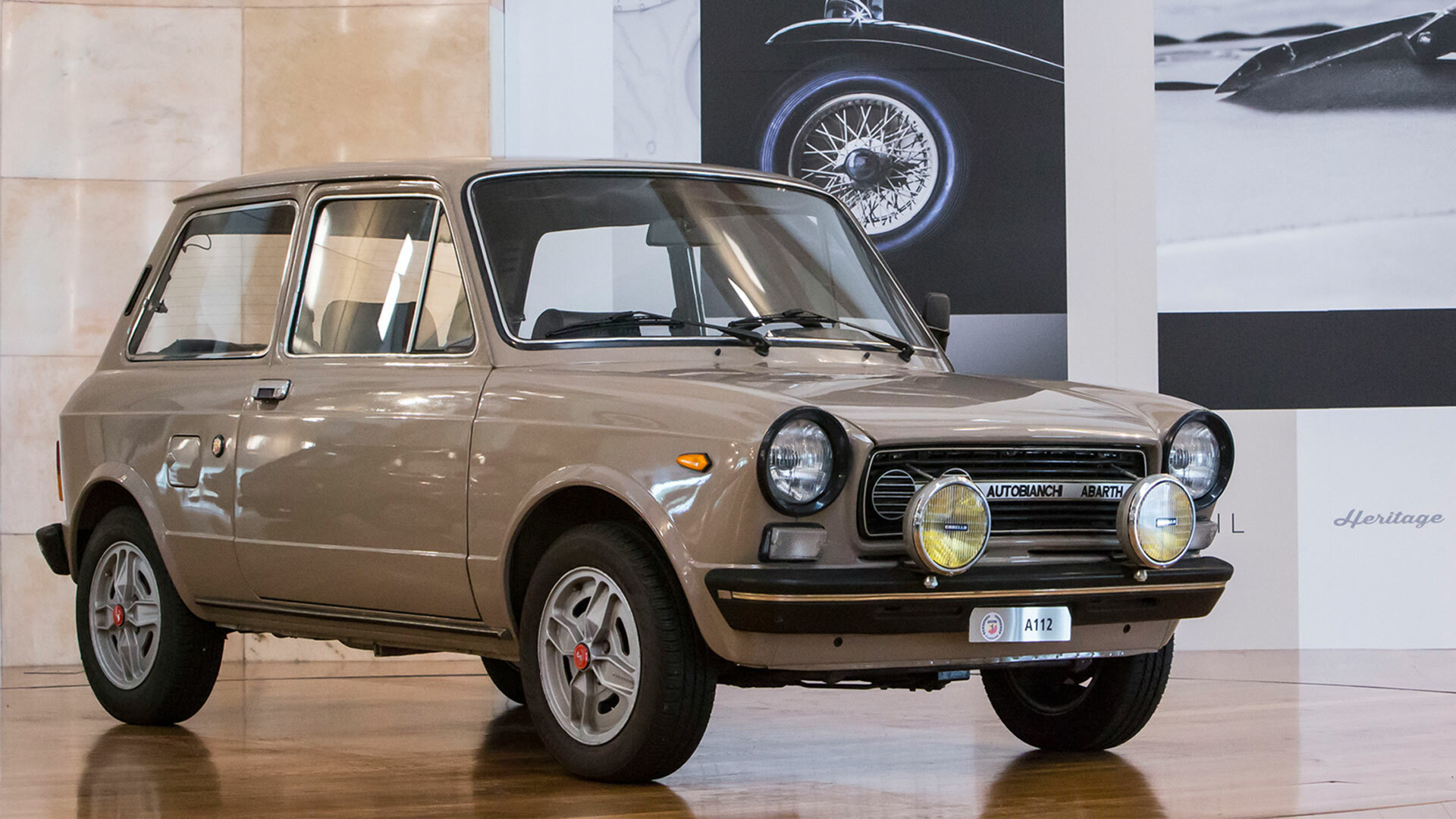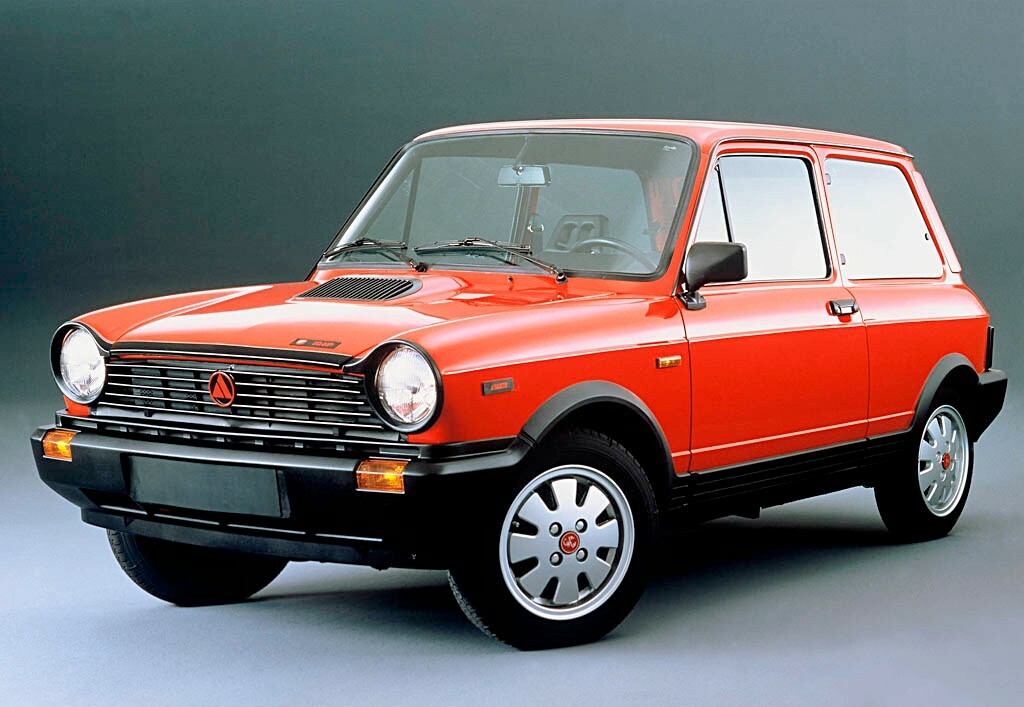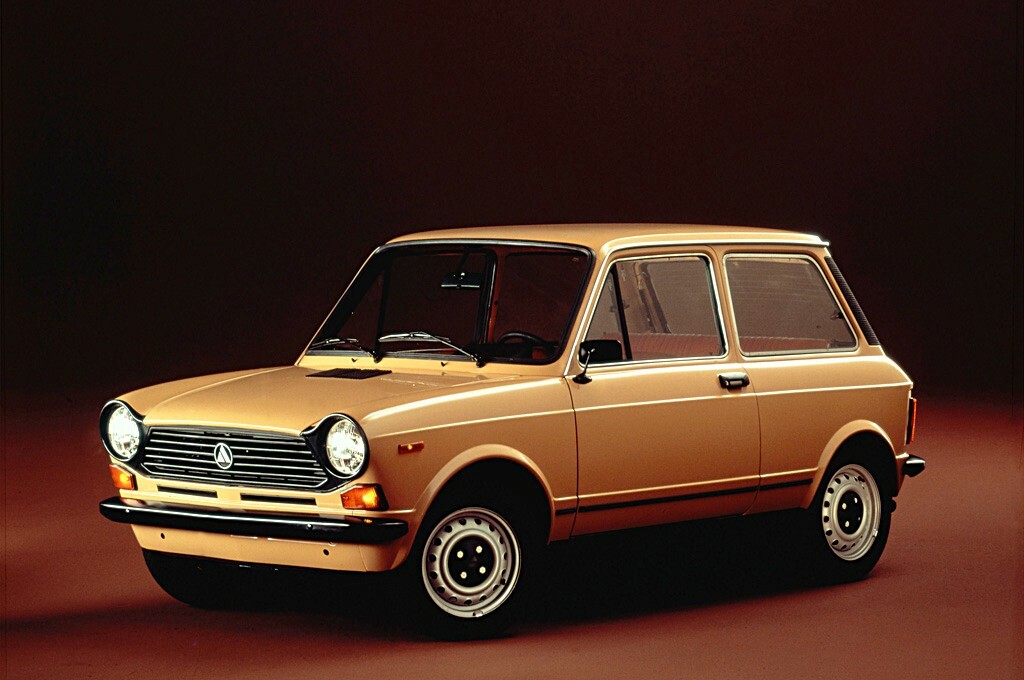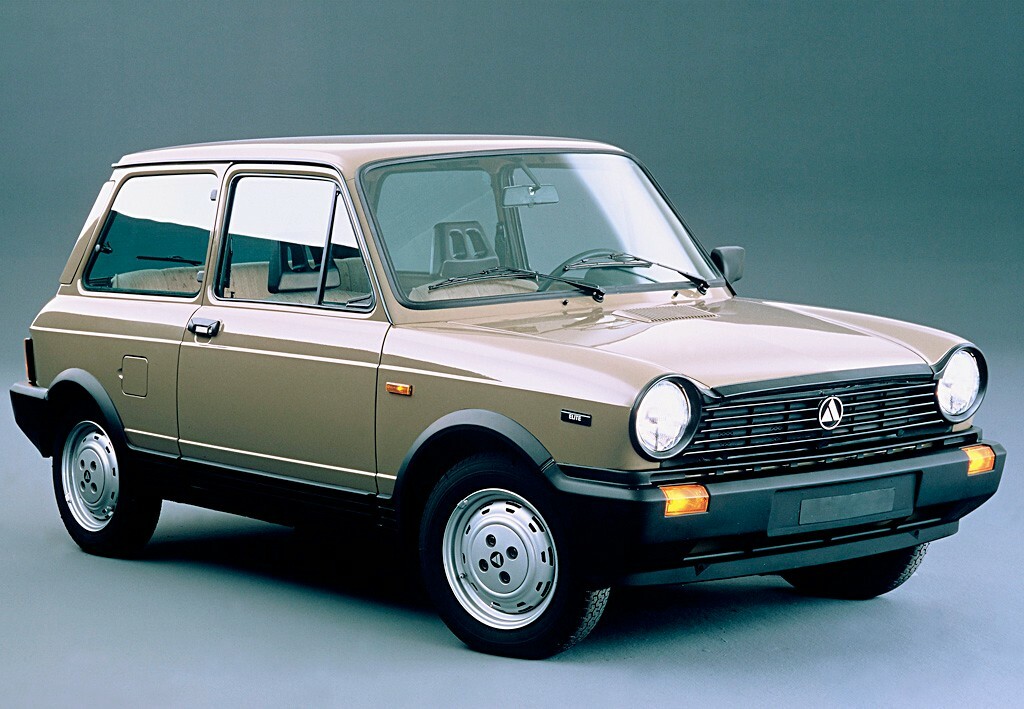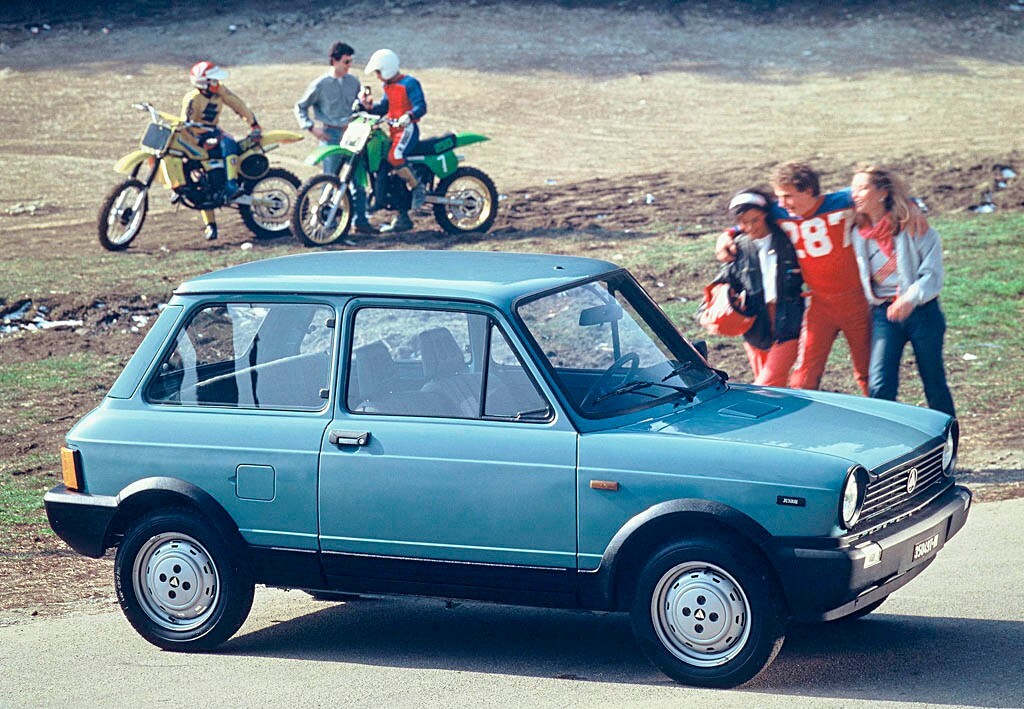- Reports suggest the Italian government may offer dormant Stellantis brands to Chinese companies.
- CEO Carlos Tavares insists Stellantis has enough brands and wants to keep existing ones.
- Italy and Stellantis have been at odds, with local production falling short of promises.
Stellantis wants to hold on to its dormant Autobianchi and Innocenti brands but says it will respect local laws if they allow the Italian government to seize control of the two auto firms.
In July, an Italian newspaper asserted that the government could take over the two companies after a law was passed in December that would allow it to obtain historic brands that have been unused for at least five years. The thought is that Italian authorities could then offer these names to Chinese companies in the hope it would encourage them to establish factories in the country.
Read: Italy May Offer Zombie Stellantis Brands To Chinese Automakers
Stellantis chief executive Carlos Tavares was recently asked about the topic during a press event and confirmed that if it can, the conglomerate will try to hold on to the two brands.
“Whatever the laws are, we will respect the laws,” he said. “If it’s not the law, then we will try to protect our interest.”
Autobianchi was founded in 1955 before being acquired by Fiat in 1968. It built vehicles, including the A112 and Y10, but ended production in 1995 when it was merged into Lancia. Innocenti started producing vehicles in 1960 and even built an Italian version of the Mini. It was taken over by Fiat in 1980 and officially ceased operations in the 1990s.
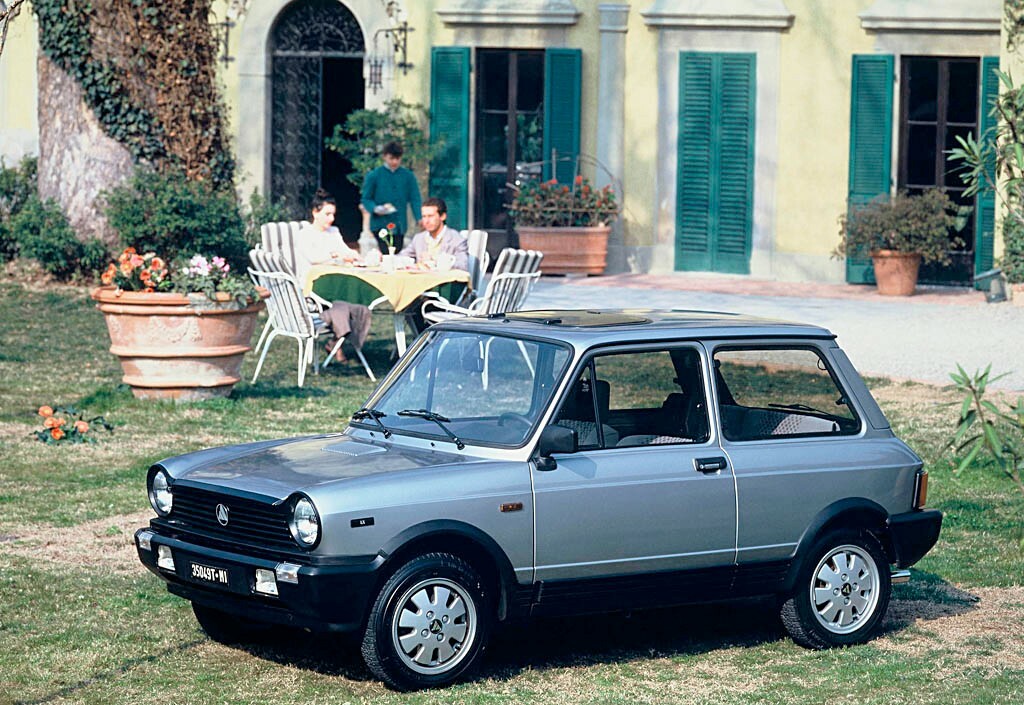
Auto News reports that Stellantis was never notified about the Italian government’s alleged proposal to take over the two defunct automakers.
During the same press event, Tavares noted Stellantis already has 15 brands, and said “I think we have enough,” adding, “We have enough on our plate and we are going to manage our business as best as we can.”
The Italian government and Stellantis have been at loggerheads for many months. Stellantis has promised to increase local production to 1 million vehicles annually, but its local output is actually falling, and it may end 2024 having built just 500,000 vehicles in Italy, 25% fewer than last year.



